Search
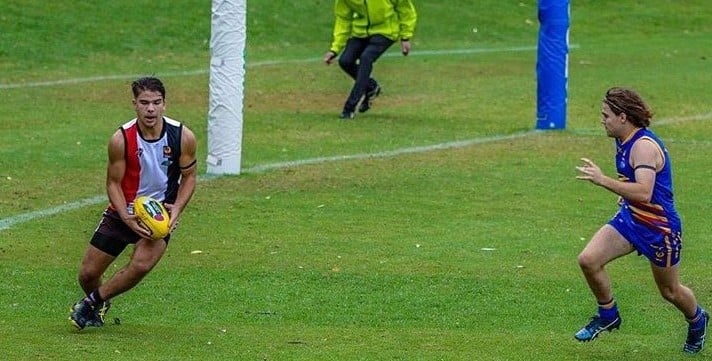
News & Events
Hybrid system gets big thumbs up from AndrewJust a small taste of the hybrid closed loop pump was all it took for Andrew Parsons to jump at the chance to be involved in a longer at-home trial of the system.
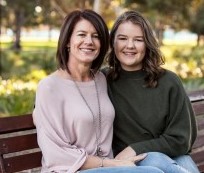
News & Events
Teenagers with type 1 diabetesRead more about navigating the teen years and diabetes in The West Australian here. The story features Dr Keely Bebbington, who is the McCusker Research Fellow in Type 1 Diabetes at the Children’s Diabetes Centre, based at The Kids Research Institute Australia.

News & Events
Good news for studentsThe Children’s Diabetes Centre welcomes a new Federal Government initiative to support children with Type 1 Diabetes in schools. The two-year $6 million schools education and training program will be implemented at every school with a student with Type 1 Diabetes.
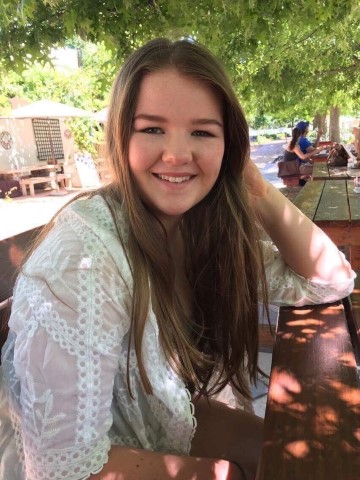
News & Events
Georgia wants to be part of the solutionGeorgia Egan, 16,recently completed a six-month Hybrid Closed-Loop Outpatient Trial, the longest and largest at-home trial of a hybrid closed-loop insulin pump.

News & Events
ATAR special provisions still open for newly diagnosedThe deadline for ATAR exam special provisions is still open for newly diagnosed Type 1 Diabetes patients.
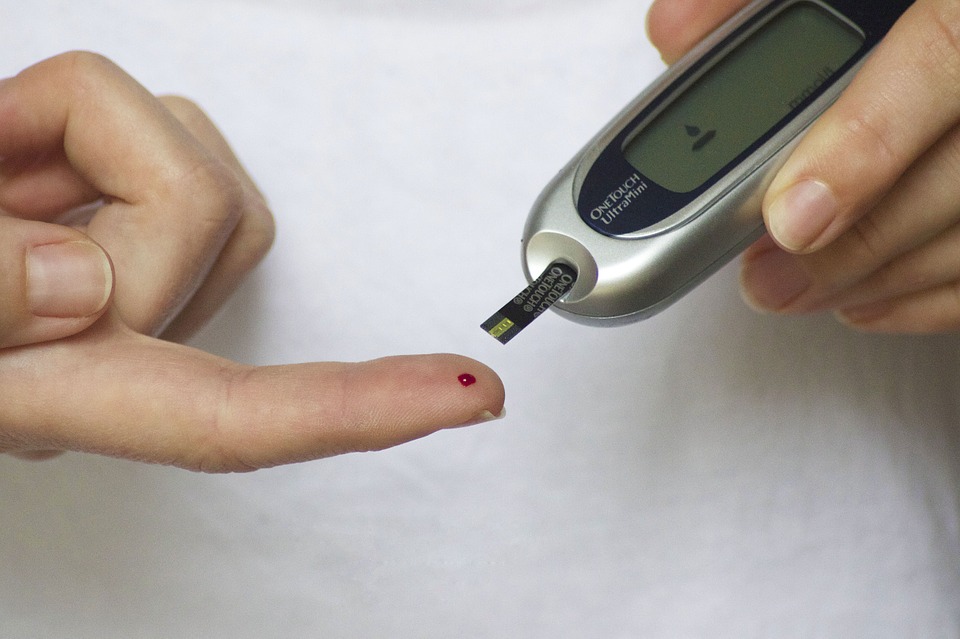
News & Events
Type 1 breakthroughChildren's Diabetes Centre co-director Professor Tim Jones talked to Medical Forum WA about the findings of the global landmark AdDIT trial.
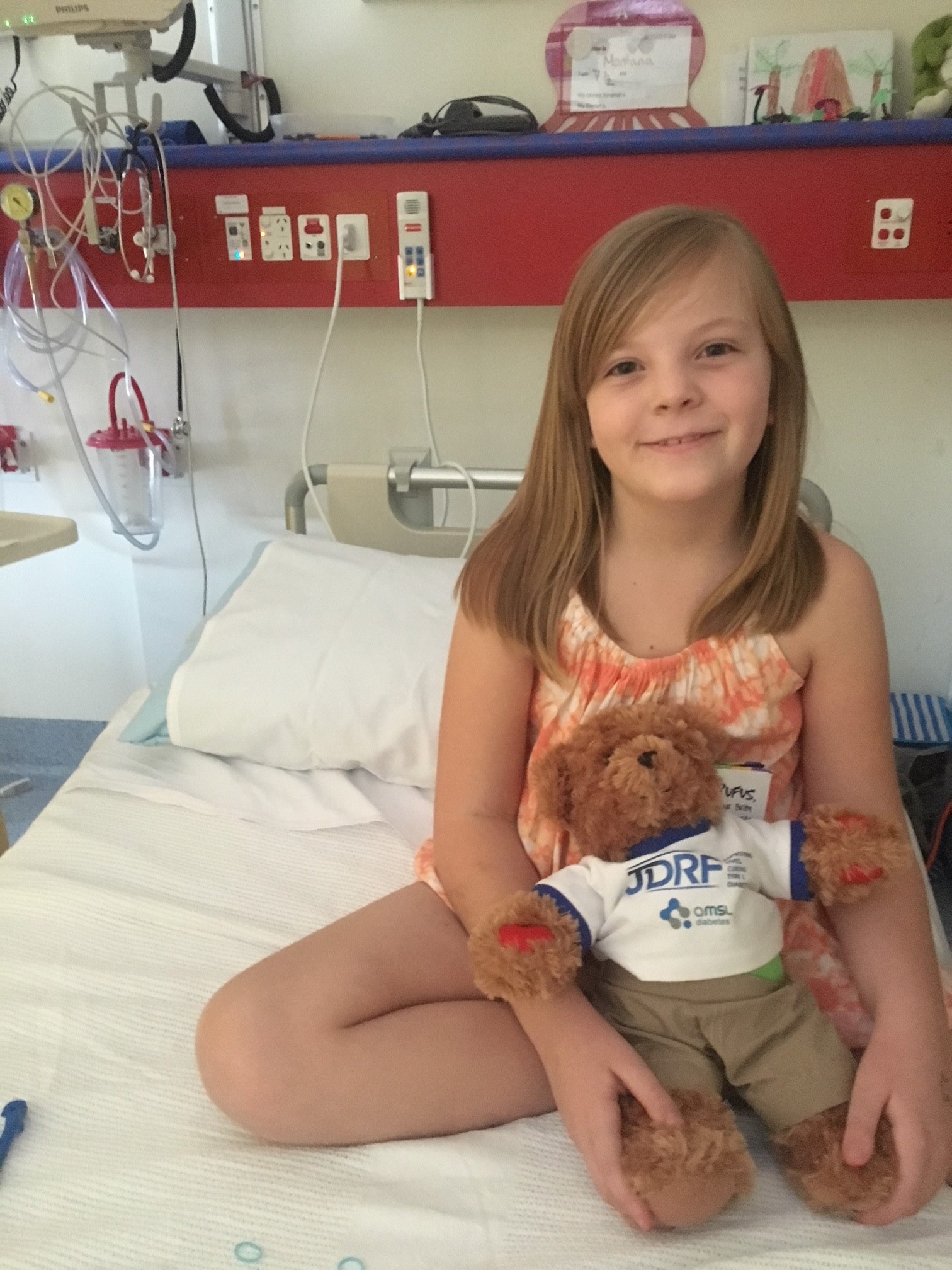
News & Events
Montanna's diabetes dashA diabetes diagnosis is a shock at any time but spare a thought for the Rustens who jumped on a plane to Perth from Kununurra within an hour of diagnosis.

News & Events
Cholesterol and blood pressure drugs help teens with diabetesResearchers from the Children’s Diabetes Centre have had a lead role in a global adolescent Type 1 Diabetes study.

News & Events
T1D: Challenge acceptedOne step at a time … that’s the message Canadian Sebastien Sasseville wants kids living with Type 1 Diabetes to know when he talks about his T1D journey.
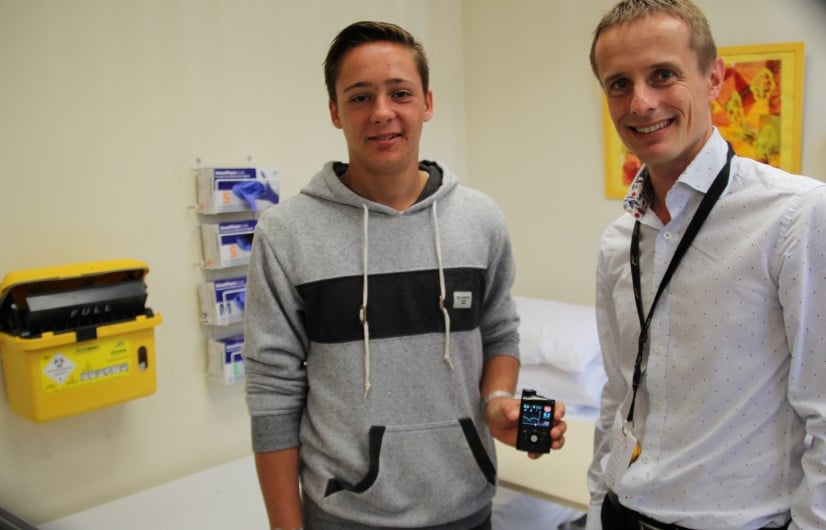
News & Events
Student the first to take part in world-first diabetes trialRead about Jake's journey as the first participant recruited to the Hybrid Closed Loop Trial, led by Children's Diabetes Centre, in the Midland Reporter.
